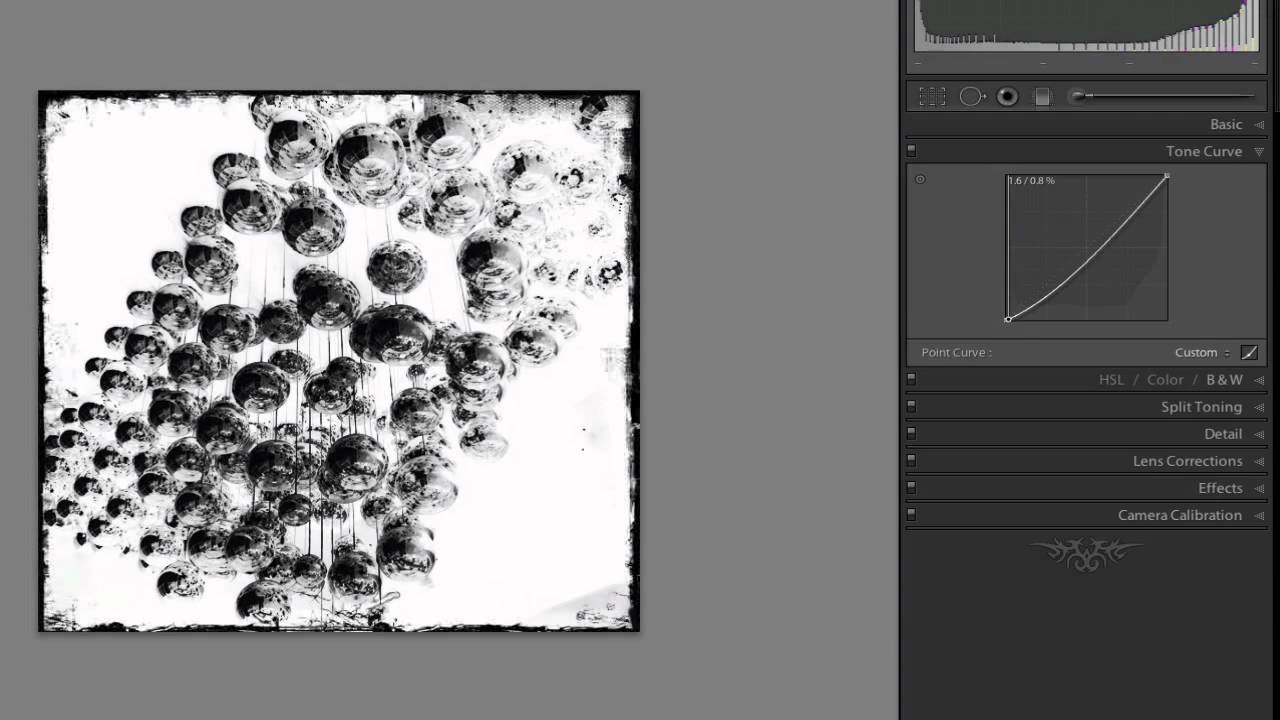
 12 temperature shifted profiles are specific to your camera model. a variety of lighting conditions: sunlight, overcast, & shade. 550 nm, 590 nm, 665 nm, & 720 nm infrared filters on converted cameras and 720 nm on unconverted cameras. Six different methods of color swapping with multiple temperature shifts supporting:.
12 temperature shifted profiles are specific to your camera model. a variety of lighting conditions: sunlight, overcast, & shade. 550 nm, 590 nm, 665 nm, & 720 nm infrared filters on converted cameras and 720 nm on unconverted cameras. Six different methods of color swapping with multiple temperature shifts supporting:. 
Swap colors for infrared images directly in Lightroom.Set the perfect white balance for your raw infrared images.LR IR Color Swap Profiles in Lightroom mobile on iPad Features

This method captures the power of Photoshop adjustment layers for color swapping without the need for Photoshop! A color temperature shifted profile specifically for your camera’s raw images allows for perfect white balance with various infrared filters and lighting conditions. In my quest to simplify editing color infrared images in Lightroom, I developed a method that addresses the two significant challenges: white balance and color swapping. LR IR Color Swap Profiles in Lightroom Classic With these profiles, you can color swap your infrared images directly in Lightroom, Lightroom Classic, and even Lightroom Mobile, without a roundtrip to Photoshop!
Impact of LR IR Color Swap Profiles on Toolsĭo you enjoy using Adobe Lightroom for editing images but are frustrated by the challenges and extra steps required to edit infrared photos entirely within Lightroom? Would you prefer to avoid the round trip to Photoshop and the extra TIF or PSD files? Now you can start with the LR IR Color Swap Profiles. Lightroom (CC) and Lightroom Mobile Installation. Note: Masks created with Intersect With result in Subtract component masks. Then, the component mask is switched from a subtract to an add with Convert to Add. The multi-component mask is duplicated and the base component, in this example the Luminance Range mask, is inverted. The first mask is a Luminance Range mask affecting the blue tones that is intersected with a gradient removing the treatment from the sky. Right click and choose Convert to Add or Convert to Subtract.Ĭontinue converting the remaining mask components.īelow is an example of part of this sequence using the common “duplicate & invert” editing technique. Invert the base mask (the bottom-most component) The recipe to invert a complex mask in Lightroom is: The good news - you can invert these masks. How do you invert a multi-component mask in Lightroom? The mask may be intersected with another mask, like a range mask or another brush. The mask may start with a gradient, and then subtract or add brush strokes. With Lightroom’s new multi-component masks, a single mask can get complex.







 0 kommentar(er)
0 kommentar(er)
